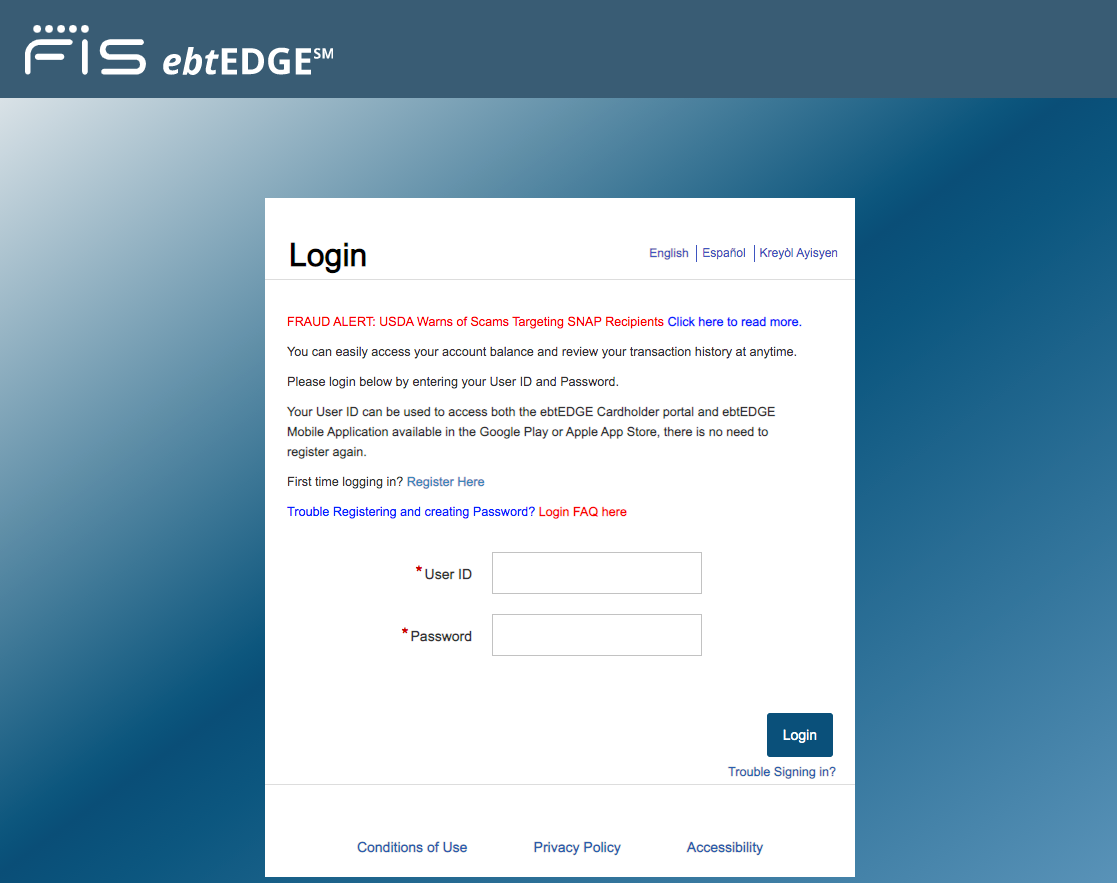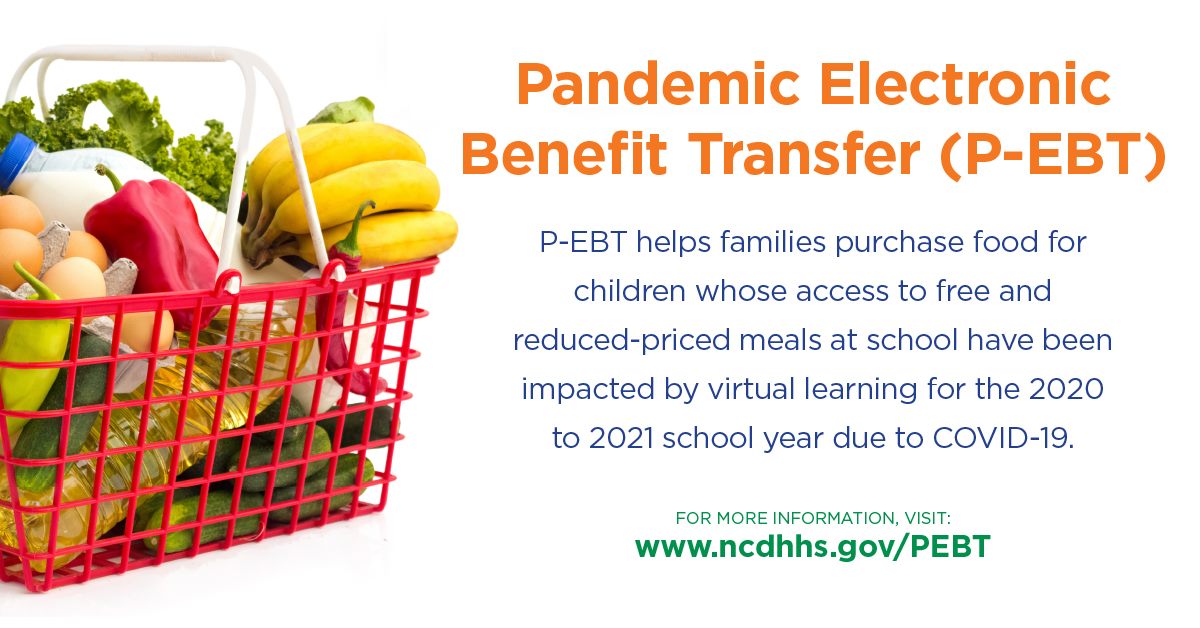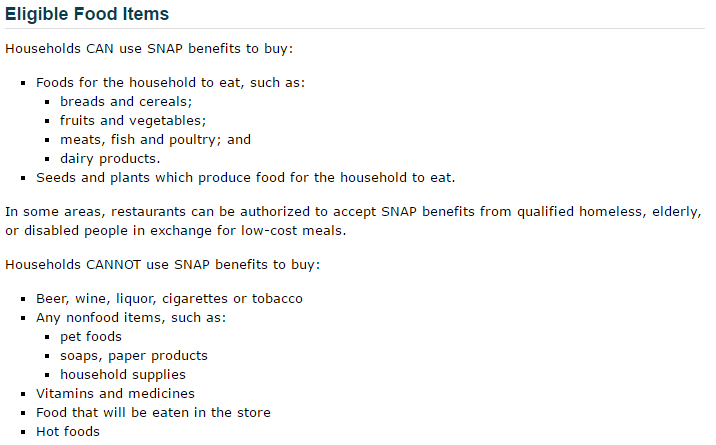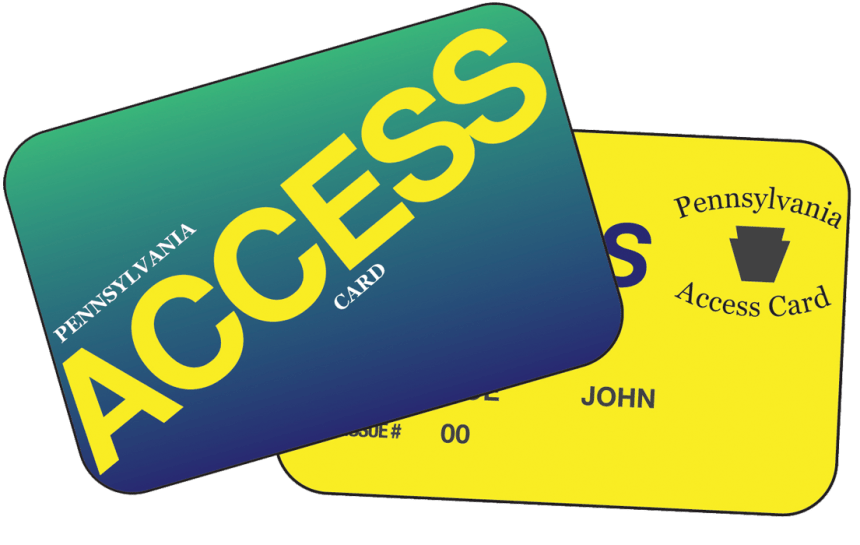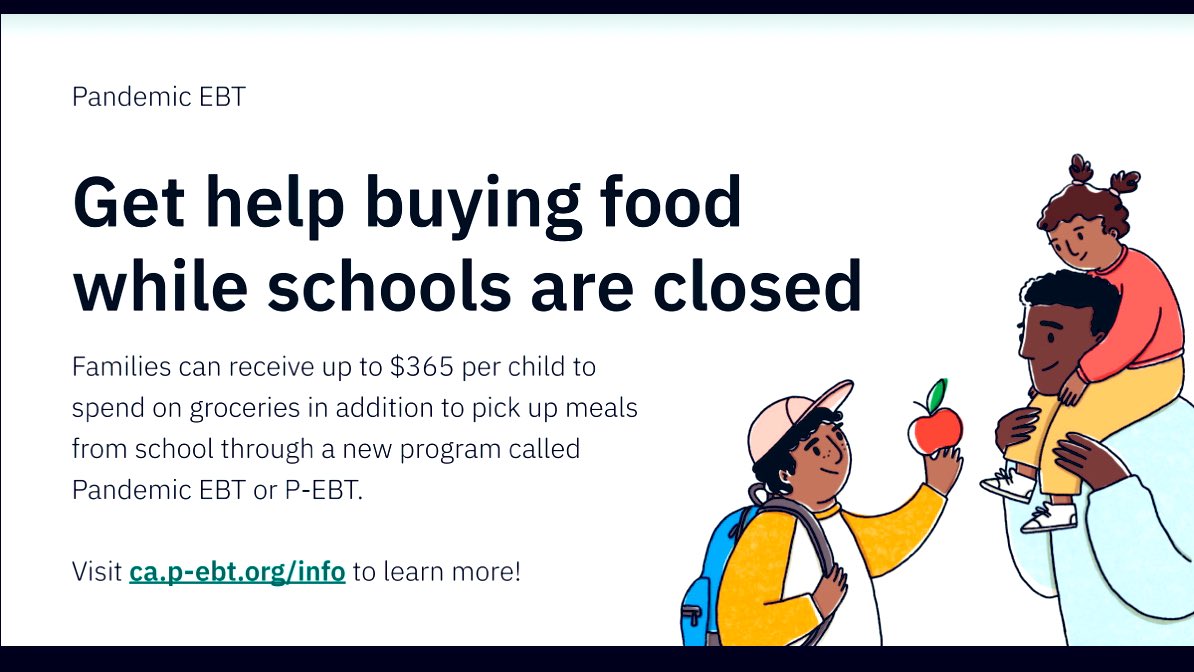Although Cornell University has the highest acceptance rates of all Ivy League schools, this does not mean that it's an easy school to get into. To be a competitive applicant for any of these eight prestigious institutions, you cannot slack off when it comes to your applications. Start planning your acceptance strategies early, which means studying hard at school and planning ahead for your standardized tests. If you have not been involved in an extracurricular activity since childhood, plan to seriously commit to an activity as early as you can.
Choose something you love to do as this will be evident in your application components. Most importantly, do not choose to go to an Ivy League school for appearances. Choose a program you actually want to attend and graduate from, rather than a program that will look good on your CV. Prestige and social status do not necessarily translate into better educational fit for you.
Choose happiness and invest in your education in a school you truly want to attend. These highly prestigious private universities are known for their top-notch academic programs, as well as their hefty tuition rates. Many students dream of attending one of these schools, but the low acceptance rates make it tough to obtain an Ivy League education.
In fact, with a 2020 acceptance rate of just 8 percent, it's one of the most selective schools in the nation. The school has numerous specialized and interdisciplinary tracks for students interested in things like international business. One of its most renowned programs is the Jerome Fisher Program in Management & Technology.
You can also use our write-ups in our Ivy League statistics to learn more about the geographic diversity of admitted classes to the eight Ivy League colleges. It is easy to say "plan ahead", but there is a lot of advantage in knowing what school and program you would like to attend in the future. If you are certain about which school you want to enroll in, it might be wise to apply through the Early Action/Early Decision program.
This way, your deadline for application is earlier, but so is your response date. To utilize this opportunity, you must research your school of choice and determine whether you are a good fit for the program to which you're applying. Early Action programs give you an early answer as to where you stand in the admissions process. According to most recent data, Cornell's acceptance rates for their early decision program is 22.7%!
A drop in applications does not always translate into lower enrollment. Because Northwestern is so highly ranked and selective, successful applicants need to have nearly perfect grades, test scores, essays, recommendations, and extracurricular activities. Northwestern admissions officers want to see students take full advantage of the challenging educational opportunities available to them. To go with their prestige, the Ivy League colleges are highly competitive and very expensive. They have some of the lowest acceptance rates but year in year out, they get a large number of students applying for their programs. So, you see getting admission into any of these schools could be an achievement on its own.
Ivy League schools have a reputation for being elite institutions, with high selectivity during the admissions process. Harvard University is currently the most selective university in the country. Out of 57,435 applications received for the Class of 2025, Harvard admitted only 3.4 percent of applicants. While the admissions process is extremely selective, it is not impossible for first-generation students to earn a spot in these world-class schools. For example, 16 percent of Yale's Class of 2025 are the first member of their family to attend university.
However, the Ivy Leagues have recently come under fire for their admissions processes, which critics say favors legacy students to the detriment of minority students. Although it's important to always aim for the sky and dream big, setting realistic goals for yourself is just as important. Hundreds of colleges out there can deliver better education to admitted students than the Ivies. Many of these schools, like "Public Ivy" universities are also more accessible and offer lower tuition fees, considering how the Ivies do not offer applicants any merit-based financial aid (only need-based aid).
Hence, with such extensive history and prestige, it is no surprise that Ivy League Schools entertain some of the stiffest competition between prospective students seeking admission. Furthermore, with acceptance rates for all eight schools in the single digits, these elite schools are some of the most selective as they typically only admit the top 1 percentile of applicants. As late as the 1960s many of the Ivy League universities' undergraduate programs remained open only to men, with Cornell the only one to have been coeducational from its founding and Columbia being the last to become coeducational.
Before they became coeducational, many of the Ivy schools maintained extensive social ties with nearby Seven Sisters women's colleges, including weekend visits, dances and parties inviting Ivy and Seven Sisters students to mingle. This was the case not only at Barnard College and Radcliffe College, which are adjacent to Columbia and Harvard, but at more distant institutions as well. The movie Animal House includes a satiric version of the formerly common visits by Dartmouth men to Massachusetts to meet Smith and Mount Holyoke women, a drive of more than two hours.
Believe it or not, the Ivy League might not be the best place for you! If you don't like cold weather, you may want to consider a prestigious university like Stanford. Many top-ranked non-Ivy universities also offer specialized programs not available at an Ivy League school.
Research will help you determine if an Ivy League provides the programs and opportunities you need to land your dream job. Also, consider Ivy League acceptance rates, and don't forget to apply to a few schools that fall into your target and safety ranges. The University of Pennsylvania, also known as Penn, is located in Pennsylvania, Philadelphia. It's a fairly large school with an average of 10,000 student enrollments and a competition rate of 8%.
Popular degrees at Penn include Finance, Nursing, Business and it is one of the ivy league schools ranking number one among US universities in business. The average SAT range is between 1420 and 1550 and the ACT range is between 32 and 35. It has over 100 departments and programs that focus on a wide range of disciplines. The institution also offers non-degree programs for students who prefer that option.
Only students who are the best at what they do get into Yale as its acceptance rate is low. This, combined with a smaller number of college applicants overall, seems to have finally pushed applications to highly selective schools down after decades of rising numbers. The unique circumstances surrounding the coronavirus pandemic can't explain everything about this year's uptick in acceptance rates, however.
For one thing, students applied well before the disease began to affect most parts of the world, so we can't blame the virus for decreasing applications. Rather, it's clear that, at least for now, the number of applicants—and applications—to the Ivy League and other top universities seems to have peaked. Georgia Institute of Technology, often referred to as "Georgia Tech," is a located in Atlanta, Georgia.
The school offers technology-focused education to more than 25,000 undergraduate and graduate students across six colleges and 28 schools focusing on business, computing, design, engineering, the liberal arts and sciences. Ivy League undergraduate admissions are difficult to assess because each school claims to take a holistic approach to reviewing students' applications. A holistic application review considers a broad range of student's accomplishments and circumstances.
This allows admissions committees to consider your candidacy as a whole, rather than focusing on only one component of your application. A good example of this theory is the elimination of GPA stats for Brown's applicants. The college announced that it does not calculate its students' GPA and relies on other criteria for evaluation, such as students' coursework, course performance reports and letters of recommendation. As you might have noticed, the majority of the Ivy League schools do not have specific GPA or standardized test score requirements – all of this is meant to demonstrate that no ONE application component outweighs the other. While Dartmouth does not have a GPA cut-off for matriculating students, the average undergraduate GPA of current Dartmouth students is 3.52. As a reference, most admitted transfer students have a GPA of 3.7 or higher.
This gives you an idea of how important your grades will be for the admissions committee. Those figures may seem unaffordable for most, but most students at Harvard or Yale are eligible for financial aid. At Harvard, 55 percent of undergraduate students receive need-based aid through the university'sfinancial aid program. I created a table with each school's ranking, location, and undergraduate enrollment.
What Are The Top 10 Ivy League Schools The average ranking is based on counting the school's US News ranking twice. You can click on each school's link to see the average high school GPA of admitted applicants, its standardized test scores, and its acceptance rate. The Ivy League schools are highly selective, with all schools reporting acceptance rates at or below approximately 10% at all of the universities. For the class of 2025, six of the eight schools reported acceptance rates below 6%. Admitted students come from around the world, although those from the Northeastern United States make up a significant proportion of students. The Ivy League is an American collegiate athletic conference comprising eight private research universities in the Northeastern United States.
The term Ivy League is typically used beyond the sports context to refer to the eight schools as a group of elite colleges with connotations of academic excellence, selectivity in admissions, and social elitism. Its members are Brown University, Columbia University, Cornell University, Dartmouth College, Harvard University, the University of Pennsylvania, Princeton University, and Yale University. The institution was founded in 1746, making it the fourth oldest university in the United States. It is a medium-sized institution with around 5,000 undergraduate enrollments, and like Harvard, has an extremely competitive acceptance rate of only 5%.
Some of its most popular degrees include computer engineering, public policy analysis, and economics. It is rated #2 of the best colleges in America to study political science and public policy analysis. SAT grades range from 1440 to 1570 and ACT grades range between 32 and 35. It is located in Cambridge, Massachusetts, and is a medium-sized school with around 7,000 undergrad enrollments. Harvard is also a very competitive school as the acceptance rate is only 5%.
Accepted students' SAT grades typically range from 1460 to 1580, and their ACT grades range between 33 and 35. Harvard is rated #1 for biology studies and political science studies according to Niche's 2020 Best Colleges. University of the People is a member ofHarvard Business School Online's (HBS Online's) Collaborating Colleges program.
Harvard Business School Online offers a unique and highly engaging way to learn vital business concepts via an innovative online platform that brings the Harvard Business School classroom to you. If you're living in the same state as a Public Ivy—or can establish residency near your school of choice before college—it's probably themost affordable wayto get an outstanding education. Nonetheless, you'll want to apply to a variety of colleges, including some public schools that are lower on your list and private schools that may be a financial or academic reach. The acceptance rate of Dartmouth college has increase has one of the largest percentage increases in our list of best Ivy League schools ranked by selectivity. The school was founded way back in 1769, and is considered to be the ninth oldest educational institution in the United States of America. Initially, it was established to teach Native Americans Christianity and the English way of living, since this was in colonial times.
Later on, it trained Congregationalist ministers, and was basically just another college, before emerging into the national spotlight in the 20th century. Moving on to endowment funds, the Ivy League schools have some of the biggest endowment funds in the world. Private US institutions are extremely rich, to the tune of billions of dollars, yet still have some of the most expensive educational programs which price out a large percentage of the student population. In 2018, the total endowments for private US institutions was $479 billion in 2018. Brown is the poorest of the Ivy League schools, with total endowment of 'just' $4 billion while Harvard has the biggest educational endowments in the world at $40 billion. Yet these are just used to fatten teacher's salaries and provide facilities for the rich students who are already able to afford such expensive education.
This is why a girl who thought she would be covered by financial aid at Cornell, had to actually resort to stripping so she could pay for some of the extra costs such as expensive text books , activity fees and miscellaneous expenses. We are often advising clients on how to get ahead in a world in which prestigious universities have single-digit acceptance rates. First and foremost, you need to have the basics down if you really want to get into an Ivy League school like Brown. You must have a stellar GPA in the most advanced classes offered at your school. University of Michigan, Ann Arbor, is the flagship campus of the University of Michigan school system. The university offers 275 degree programs, enrolls 31,266 undergraduate students and is known for its athletics program.
Stanford University, often referred to as a "West Coast Ivy," is located near Silicon Valley in Stanford, California. The highly selective school is known for its strong science, technology and engineering programs as well as its successful athletics programs. Accepted students in Ivy League Schools pay an average tuition fee of $56,631. Even though Harvard University has the lowest acceptance rate based on admissions statistics, it has the lowest tuition fee of $51,925.
All eight are in the top 20 for number of sports offered for both men and women among Division I schools. Unlike most Division I athletic conferences, the Ivy League prohibits the granting of athletic scholarships; all scholarships awarded are need-based . In addition, the Ivies have a rigid policy against redshirting, even for medical reasons; an athlete loses a year of eligibility for every year enrolled at an Ivy institution.
Additionally, the Ivies prohibit graduate students from participating in intercollegiate athletics, even if they have remaining athletic eligibility. The only exception to the ban on graduate students is that seniors graduating in 2021 are being allowed to play at their current institutions as graduate students in 2021–22. This was a one-time-only response to the Ivies shutting down most intercollegiate athletics in 2020–21 due to COVID-19. Ivy League teams' non-league games are often against the members of the Patriot League, which have similar academic standards and athletic scholarship policies .
Interest in this answer stems from the Ivy League being synonymous with America's most selective, prestigious, and elite colleges. In other words, not only are Ivy League acceptance rates among the country's lowest, each school carries a strong brand name that follows its alumni throughout their educations, careers, and networks. The Dartmouth University, also known as Dartmouth College is 4-year coeducational undergraduate college with graduate schools of business, engineering, and medicine, and 16 graduate programs in arts in sciences. However, there is more to Northwestern's admissions process than quantitative data.































